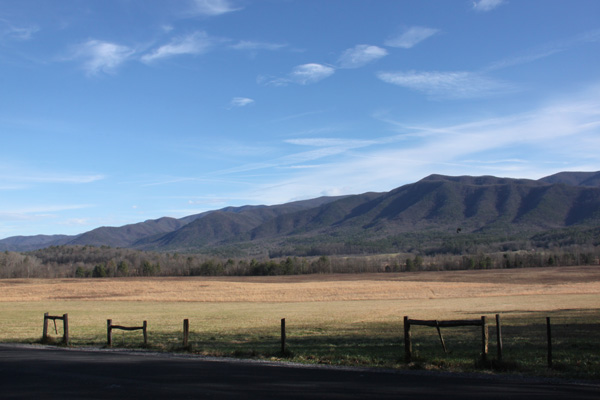
Even before the State of Tennessee was established in 1794, a pioneer named Hugh Dunlap received 5,000 acres of land from the state of North Carolina in an area already known as Cades Cove.
Over the next few decades other families joined the community established here and settled in this valley surrounded by towering hills, which, as they have for centuries, still provide stunning views of beautiful, rugged Smoky Mountain vistas.
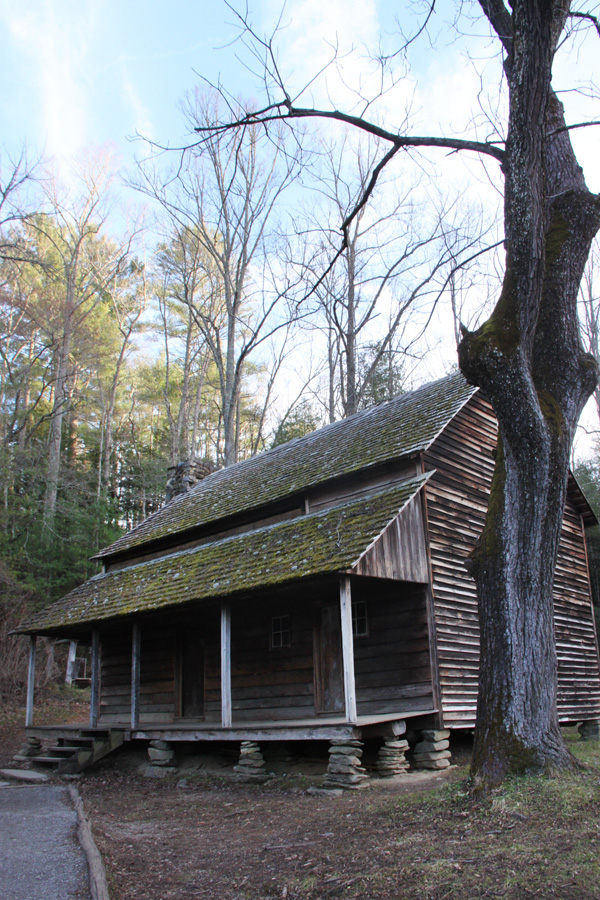
By the 1860s, the increasingly populated but isolated Tennessee community, very close to the North Carolina border, contained about 650 people.
A mill with a lengthy flume directing water to it from the creek, known as Cable Mill (built by John Cable), operated as both a corn and grain mill and a sawmill, serving the residents of Cades Cove. It still operates today during historical demonstrations. Multiple other mills once stood in Cades Cove, but Cable Mill is the last surviving one.
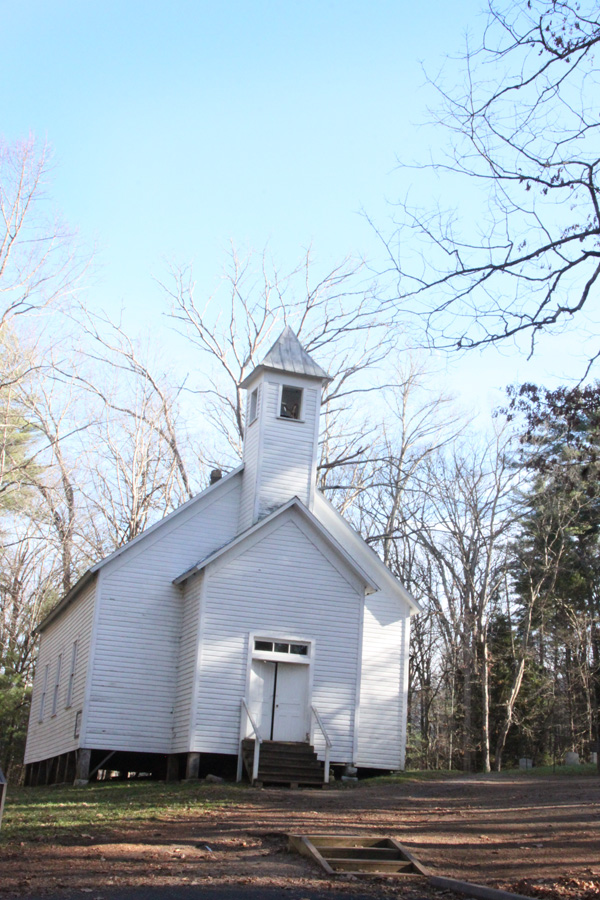
Cades Cove residents built three churches at various points throughout the area and established numerous homeplaces and farms, where families worked the land and lived the early American life in log cabins.
Over 80 of the historic buildings in the area still stand.
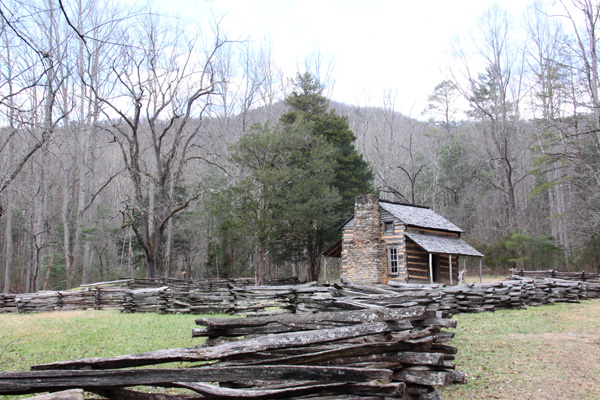
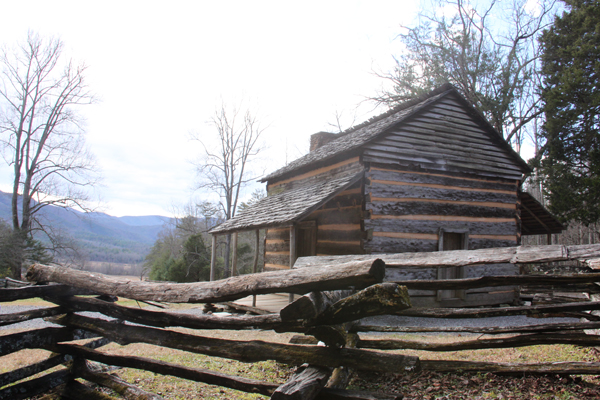
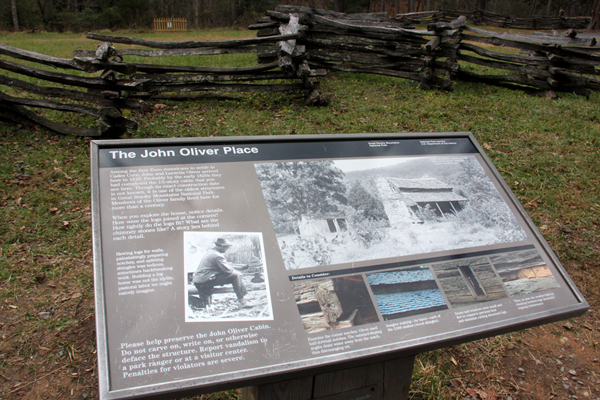
Today, accessing Cades Cove via a road that loops around the property with stops at various points of interest, travelers first come to the land formerly owned by Mr. John Oliver. After a short walk from the parking area, sightseers can go into a tiny cabin Oliver constructed in the 1820s to house his family.
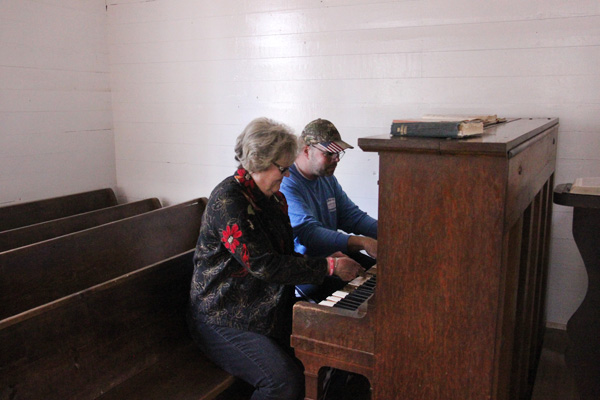
Continuing on the roadway, a Methodist church contains an ancient, out-of-tune, half-broken piano, one which sounds beautifully appropriate when a respectful visitor plays some of the hymns of old. A cemetery outside of the church marks the resting places of many Cades Cove residents through the generations.
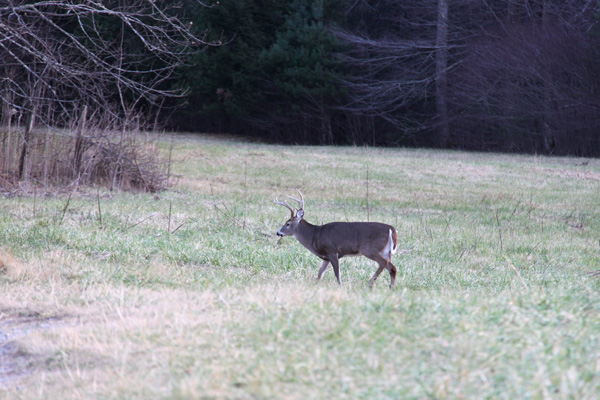
Driving onward on the 11-mile, one-way road through Cades Cove, those venturing to this piece of American history can glimpse deer, birds, squirrel, turkey, sometimes even bear and other wildlife in a huge, expansive grassy area lying flat in the midst of the striking peaks of the towering Appalachian hills surrounding the area.
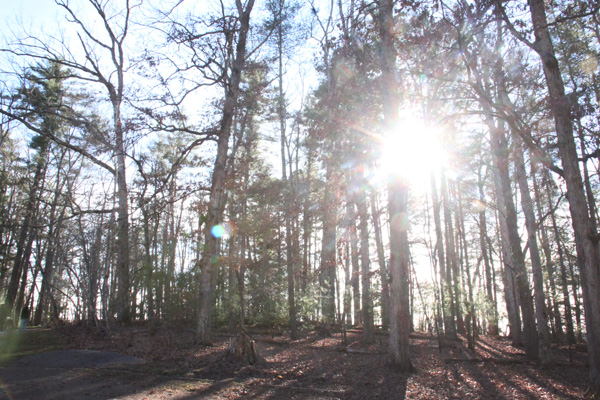
Great Smoky Mountain National Park literature describes the importance of the chestnut tree to the way of life for those in 19th-century Cades Cove. The nuts provided not only a valuable source of protein for humans and a valuable commodity to trade, but also lured a variety of game into the area. Wood from chestnut trees was also important to settlers here and throughout the forests of the eastern U.S., but in the 1930s a fungus devastated nearly all of the mighty American chestnut trees.
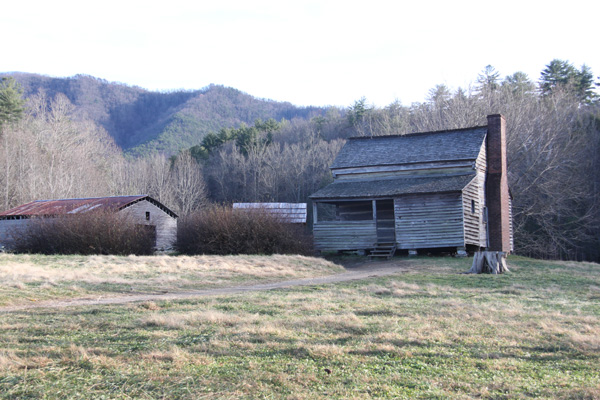
Learn more about how the early American settlers lived by visiting Cades Cove.
From Murfreesboro, it’s about a four-hour trek to the east. Take I-40 to Maryville and continue east on Highway 321. A day at Cades Cove can be a great way for anyone to learn more about the lives of those who populated the secluded hills of Tennessee in the 1800s.
For more on Cades Cove and other National Park attractions, visit nps.gov.












